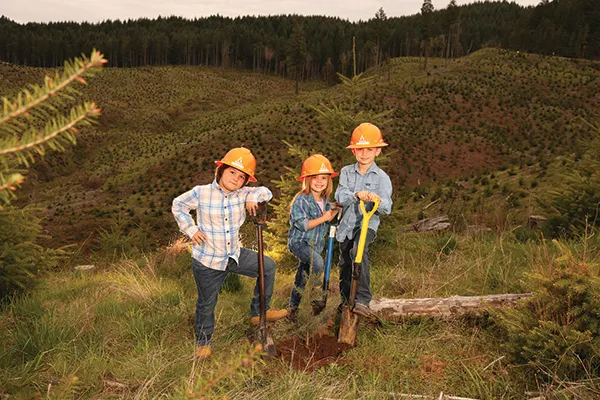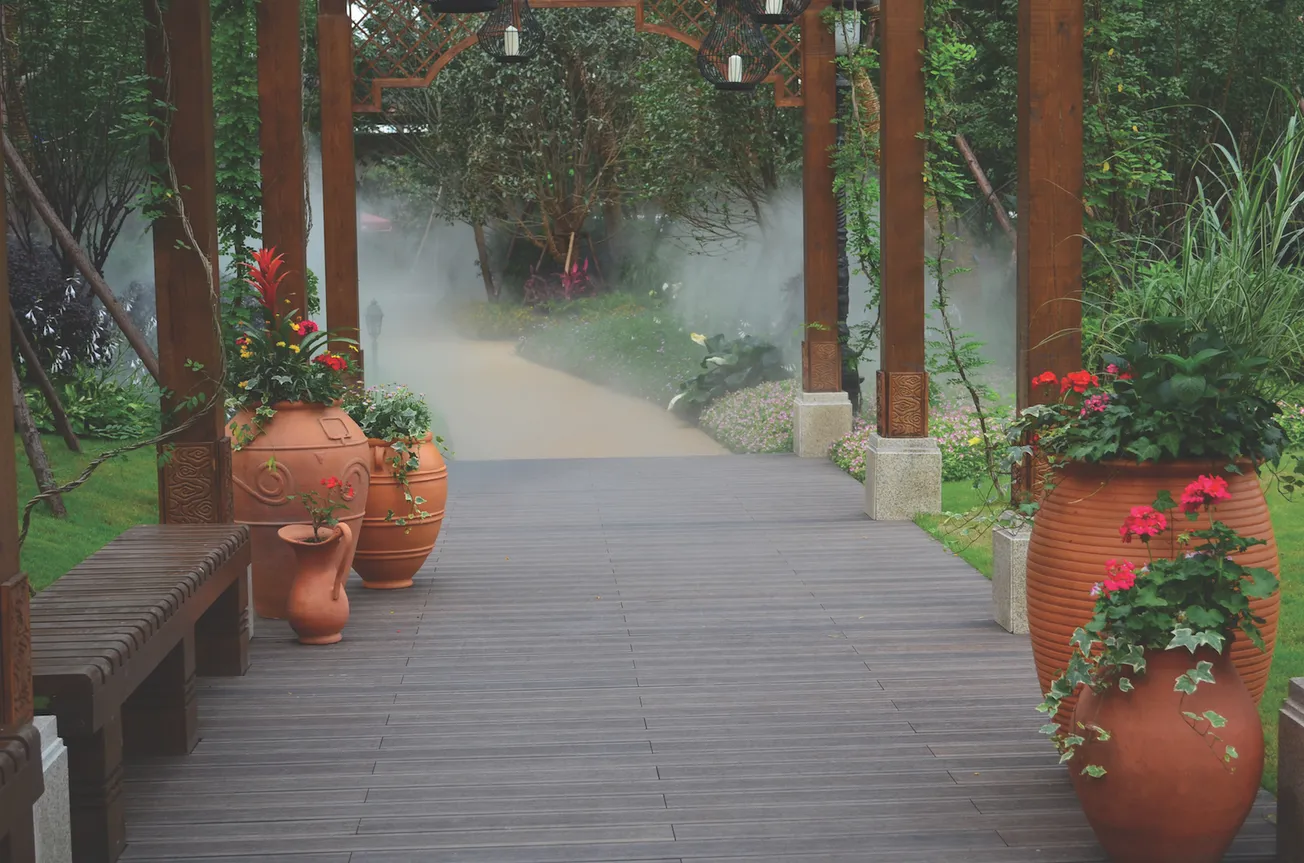Table of Contents
Going Green. We hear that a lot these days. As a matter of fact, being green is not a novel concept, just a new spin on a very good idea. For decades, we have been encouraged by our parents, our teachers, our employers, our government to be good stewards of our environment—to be green. We are more responsible people if we are green. Food and other products just seem to be better if they are promoted as being green.
But, what does it really mean to be green? According to Internet gurus, going green covers too many avenues to mention, but a few include: reducing, reusing and recycling; not littering; living sustainably; conserving energy and materials; being carbon neutral; growing crops organically; and the currently very popular lifestyle of “living off the grid.” Being green has been expanded to include fair trade sourcing and ethical production.
Actually being green. “We all have grown up with the notion of being green and caring for our environment,” says Juliana Rumbaugh, marketing communications manager for Lonza Wood Protection. “But when you are in an industry like ours being green takes on a different level of commitment beyond simply separating your recycling from your other refuse.
“Wood is the most renewable resource in the building industry,” Juliana adds, “which is why we refer to it as ‘nature’s sustainable building block.’ Our Research and Innovation team is continually striving to discover new and improved ways to help make this building material last longer while not impeding its beauty.
“We are pleased to be part of an industry that focuses on extending the life of wood so homeowners can expand their living spaces into their backyards. And, we preserve many other wood products that enhance lives and communication,” she explains.
Communicating green. The wood treating industry uses green practices in every step of its process to preserve wood. However, there are often misconceptions about the stewardship of wood, such as the idea that whole forests are being cleared to source the wood for construction.
“Over the past few years, Lonza has developed several programs such as our Why Wood campaign to help educate contractors and consumers about the sustainability and workability of wood as well as the abundance of forest lands and how through the whole process from tree to treated wood everything is used and recycled,” says Juliana.
And Lonza is not alone in promoting the responsible use of wood. The Internet is teeming with sources that extol the benefits of wood and treated wood. For example, Wood It’s Real, with more than 55,000 likes on Facebook, tells its audience daily that wood is a beneficial, natural resource and that treated wood is an excellent option in backyard projects.
Certifying green. In another effort to outwardly show consumers how committed the pressure-treating industry is to the environment, preservative producers have teamed with treaters to adopt green certifications that are promoted through advertising, on brochures, and posted on the Internet.
“We have submitted wood treated with our preservatives to environmental certification companies who perform extensive testing to see if the wood meets the stringent requirements used to define green, or environmentally friendly products,” says Juliana. “There are several choices for green certifications for the treated wood industry and each company partners with the certification that it thinks best suits its finished product.”
Each sustainability certification has established standards that are imposed voluntarily and help consumers understand that the treated wood products have gone through a third-party verification process. On the previous page, see some green certification choices available for treated wood.
“In an effort to educate consumers about the environmental benefits of treated wood, Lonza promotes the certifications it has earned by using the Home Innovation and Ecospecifer logos on its printed collateral as well on its website and social media. We use the logos earned from our green certifications as another reminder that we are good stewards of the environment,” says Juliana. “We want our fellow industry members as well as retailers and dealers, contractors and consumers to actually see how we value being in an industry that has dedicated itself to responsibly using our natural resources.”
Naturally green. In an industry dedicated to being responsible in the care and use of our natural resources as well as in the creation of our products, it is necessary to offer certification reminders of just how green we are—naturally.









